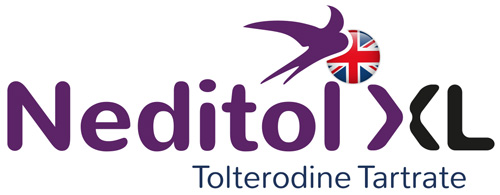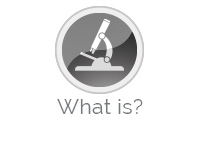Definition
Urge incontinence is a common form of incontinence. You have an urgent desire to pass urine and sometimes urine leaks before you have time to get to the toilet.1,3
Urgency and urge incontinence are often symptoms of an unstable or overactive bladder, also known as detrusor instability. (The detrusor muscle is the medical name for the bladder muscle.)1,3
Overactive bladder (OAB) syndrome means that the bladder, which is a bag made of muscle, squeezes (contracts) suddenly without you having control and when the bladder is not full. OAB syndrome is a common condition where no cause can be found for the repeated and uncontrolled bladder contractions. (For example, it is not due to a urine infection or an enlarged prostate gland.)2
Causes
Some women develop urge incontinence after the menopause and this is thought to be due to thinning of the lining of the urethra (tube that passes urine from the bladder out of the body) due to a drop in the level of the female hormone oestrogen.2
In some cases, symptoms of an overactive bladder develop as a complication of a nerve- or brain-related disease. Examples are following a stroke or spinal cord damage, or with illnesses such as Parkinson’s disease or multiple sclerosis (MS). Similar symptoms may occur if there is irritation in the bladder. Bladder irritation can occur when you have a urinary tract infection (UTI) or stones in your bladder.2
In most people, the reason why an overactive bladder develops is not known. In such cases, the condition is called overactive bladder syndrome or idiopathic urge incontinence. The bladder muscle (detrusor) seems to become overactive and squeeze (contract) when you don’t want it to. Symptoms may become worse at times of stress. Symptoms may also be made worse by caffeine in tea, coffee, cola, etc and by alcohol.2







